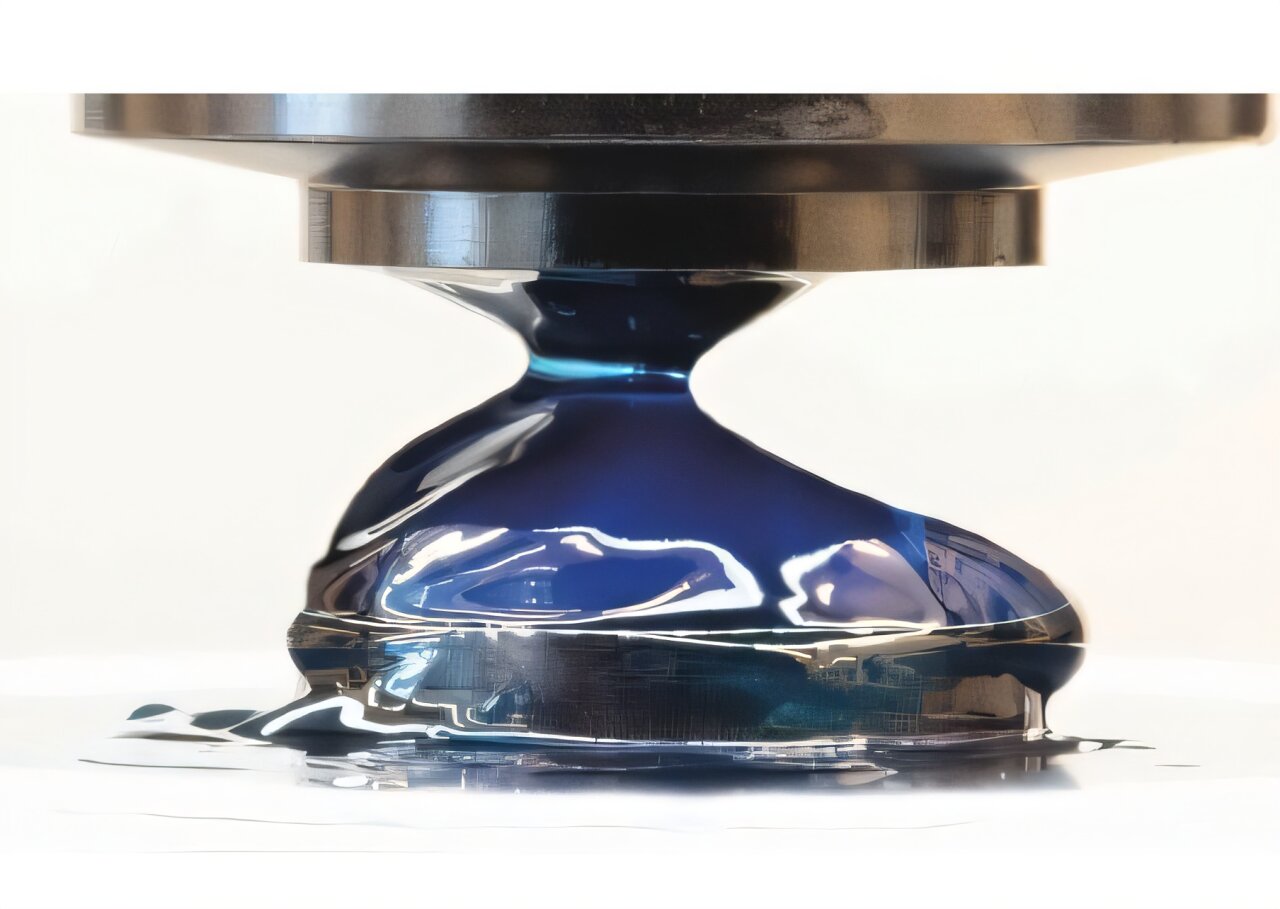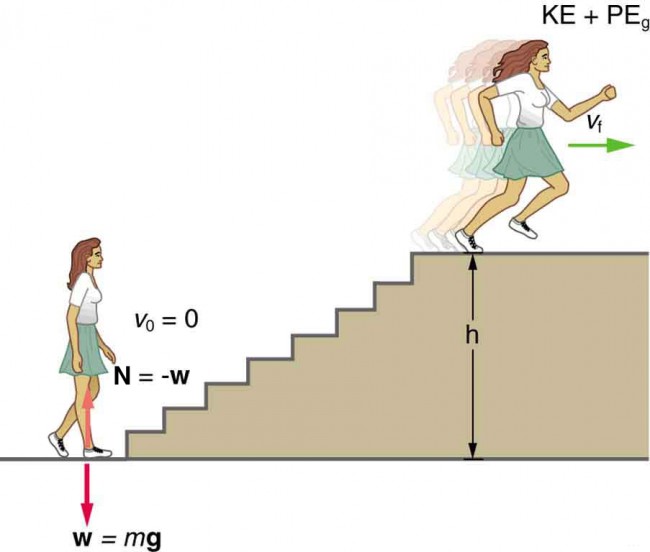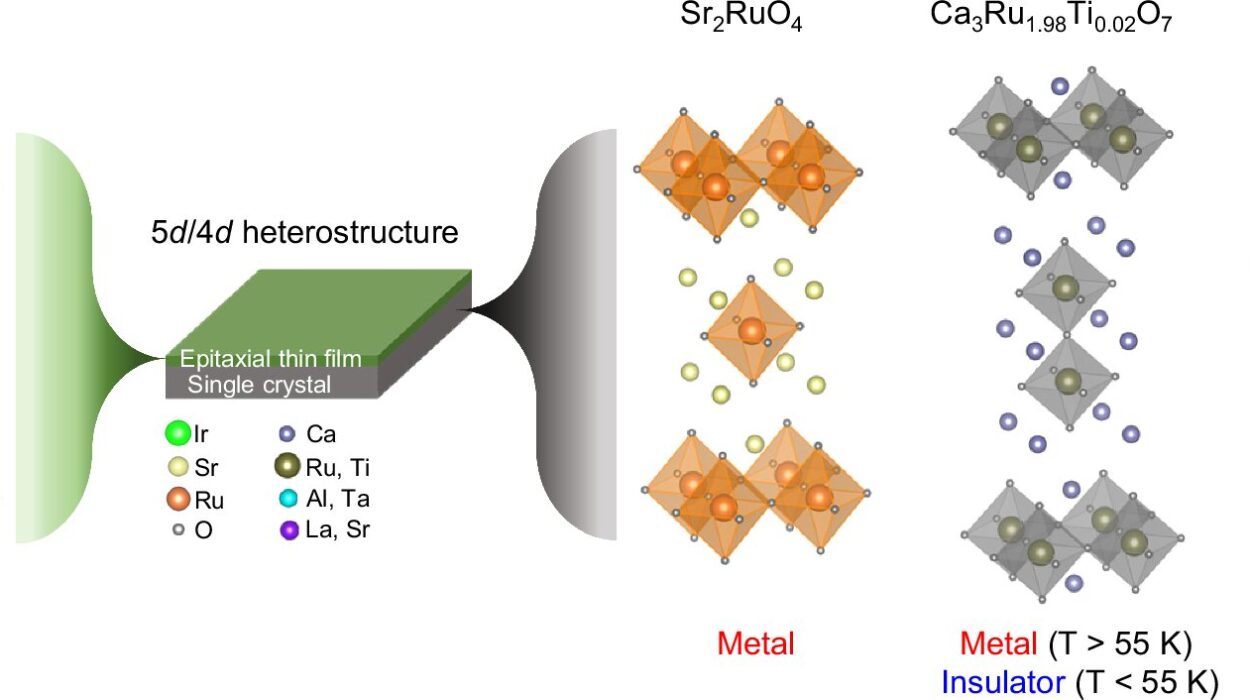It’s a scene we all know too well: a burger sits patiently on your plate, the fries are crisp and golden, and all you need now is a dash of ketchup. You turn the bottle over, give it a few firm whacks, and—nothing. Then, suddenly, a tsunami of red floods your meal. For all our modern conveniences, releasing ketchup from a glass bottle remains an oddly stubborn challenge.
But this everyday struggle is more than a culinary inconvenience—it’s a physical mystery scientists have wrestled with for over a century. Why do certain materials behave like solids under some conditions and then suddenly flow like liquids under others? This peculiar behavior is the hallmark of what physicists call yield stress fluids, and a team of researchers has now made a breakthrough in predicting exactly when this shift happens. Their findings, recently published in Physical Review Letters, may fundamentally change how we design and understand complex materials—from makeup and mayonnaise to biomedical gels and industrial slurries.
The Great Yield Mystery
Materials like ketchup, toothpaste, custard, and even mud belong to a curious class of substances known as yield stress fluids (YSFs). These materials exhibit a Jekyll-and-Hyde behavior: they hold their shape and behave like solids until you apply enough force—at which point, they suddenly begin to flow. That critical point, known as the yield transition, is when a solid turns into a liquid. But predicting exactly when and how this transformation happens has remained a riddle wrapped in a red, gelatinous enigma.
“Even though we engage with this phenomenon daily, scientists have struggled to relate the yielding phenomenon to material properties for over a century,” says Ryan Poling-Skutvik, a chemical engineer at the University of Rhode Island and lead investigator on the study. “Our work demonstrates that this transition—at least in part—can be understood by how solid-like the material is at rest.”
The key lies in quantifying how the material behaves before it yields. And here’s where the research team made an unexpected and revelatory discovery: the yield transition, long thought to depend on how materials are stressed and deformed, can actually be predicted from the properties of the solid phase alone—no need to witness the flow to foresee it.
Stress, Strain, and the Symphony of Shear
To tackle the mystery of yielding, the researchers turned to a widely used method in rheology (the study of how materials flow): large amplitude oscillatory shear, or LAOS. In this method, materials are subjected to oscillating stresses of increasing amplitude, mimicking the way we might shake or squeeze a ketchup bottle. By measuring how much the material deforms in response to these stresses, scientists can tease apart the elastic (solid-like) and viscous (liquid-like) components of its behavior.
These responses are characterized by two parameters: the storage modulus, which quantifies how much energy the material stores and springs back (like a rubber band), and the loss modulus, which captures how much energy is dissipated as heat (like syrup flowing off a spoon). At small deformations, the material behaves elastically. But push too hard, and the loss modulus spikes—an unmistakable signature of yielding.
This overshoot in the loss modulus isn’t just an experimental curiosity. It’s the moment the material surrenders its structure and begins to flow. And it’s that very peak the researchers set out to understand.
From Gel to Flow: A Universal Rule Emerges
The team began their experiments with a yield stress gel composed of a polymer dispersed in a mixture of water and decanol. The gel’s consistency—its “firmness,” if you will—depended on how much polymer it contained. They sandwiched samples between two parallel plates, one of which rotated back and forth to induce shear. As they increased the amplitude and frequency of the oscillations, they meticulously recorded the stress-strain data and calculated the moduli.
What they found was striking. When they plotted the height of the loss modulus peak—the “yield spike”—against the loss tangent (the ratio of the loss modulus to the storage modulus, a measure of how “liquidy” the material feels), the data from gels of all different concentrations collapsed onto the same curve. In other words, the behavior at the yield point could be universally predicted just from how the solid behaves at rest.
To test the robustness of their finding, the researchers extended their analysis to other types of YSFs: polymer-stabilized emulsions (like xanthan gum-thickened mayonnaise), colloidal gels (such as gelatin), and biological networks (like the extracellular matrix). Astonishingly, all of these materials followed the same trend.
“It’s surprising because the loss tangent is something we measure when the material is still behaving like a solid,” says Daniel P. Keane, lead author of the study. “Yet it predicts the behavior at the very moment the material breaks down and starts to flow.”
A Theoretical Backbone: The KDR Model
Empirical observations are powerful, but to truly explain what’s going on, you need a theoretical framework. The team turned to a relatively recent model of nonlinear rheology known as the KDR model, named after its developers. This model provides a mathematical description of how complex materials respond to oscillatory shear, particularly near the yield transition.
Using the KDR model, the team was able to derive analytical equations that mirrored their experimental data. The model accurately predicted the shape and height of the loss modulus peak as a function of the loss tangent, lending strong theoretical support to their empirical discovery.
This convergence of experiment and theory is rare in the messy world of complex fluids, where small changes in chemistry or microstructure can produce wildly different behaviors. The fact that such diverse materials all adhere to the same universal rule suggests something deep and fundamental is at play.
From Bottles to Biotech: Why This Matters
At first glance, cracking the code of ketchup might seem like an academic exercise. But the implications of this work are far-reaching.
Yield stress fluids are everywhere—in food products, cosmetics, inks, paints, 3D printing materials, and even in medical applications like tissue scaffolds and injectable hydrogels. In battery manufacturing, for example, slurries of metal particles must flow precisely during production, then solidify into structured electrodes. In drug delivery and wound healing, materials must be fluid enough to apply but solid enough to stay put.
By linking yield behavior to properties measurable in the resting state, this new research provides a powerful tool for material design. Engineers can now predict and tailor how a new formulation will flow, without running complex and time-consuming yield tests. It also opens up new possibilities in automation and quality control in industries where precision and repeatability are crucial.
“Our results can help simplify the design of new materials to focus on their properties at rest rather than having to directly address the more complicated question about the yield transition itself,” says Poling-Skutvik.
The Future of Flow
This breakthrough is a reminder that even the most familiar substances—things we see, touch, and taste every day—can harbor deep scientific mysteries. It also underscores the power of cross-disciplinary thinking: combining physics, engineering, chemistry, and mathematics to illuminate how the world works, from your toothpaste tube to the tissues in your body.
And next time you struggle to coax ketchup from the bottle, take heart. Scientists are on the case, and the answers are finally beginning to flow.
Reference: Daniel P. Keane et al, Universal Relationship between Linear Viscoelasticity and Nonlinear Yielding in Soft Materials, Physical Review Letters (2025). DOI: 10.1103/PhysRevLett.134.208202






